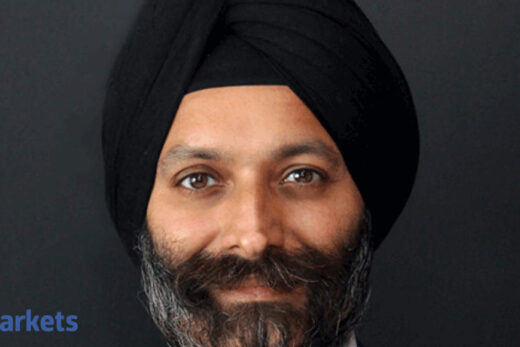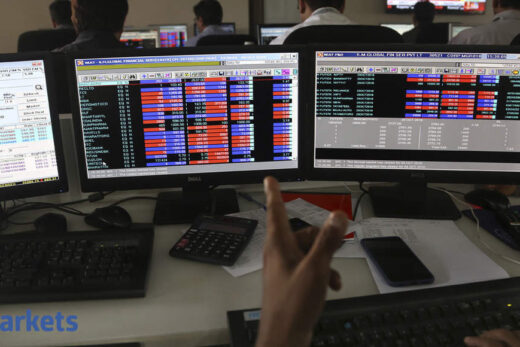Rising retail participation
Latest statistics on city-wise turnover distribution in BSE and NSE cash segments bear ample testimony to the growing number of retail customers in cities of tier-2 and below. In FY20, the tier-2 and below contribution to cash turnover BSE and NSE rose from ~30% to ~40% and ~14% to ~17%, respectively.

Most brokerages have experienced a growing investor interest pan India, specifically led by the younger population of over 20 and under 40 from Tier- 2 and Tier-3 cities. The retail thrust has played a key role in boosting the Unique Customer Codes (UCCs) of active customers and revenues across brokerage houses. From 76,17,925 in 2017-18, UCCs have grown to 21,049,881 in 2021-22 (as on June 30). Similarly, revenues have galloped from 18,000 crore in 2017-18 to 30,000 crore in 2021-22 (estimated).

Key numbers aptly convey the rapid pace of the proliferating retail investor narrative which include common investors as also HNIs:

Tech-enabled revolution
Today, capital market investments are done end-to-end with online clicks – from account opening to trade execution and settlement. Fintech companies, which gathered steam post demonetization, have been a key growth driver for the broking industry, so has the ubiquity of smartphone users. According to a RBSA Advisors report, India is now Asia’s biggest destination for FinTech deals, with India’s total FinTech investments having crossed the $10 billion mark between 2016 and 2020.
Shifting investor psyche
Given the low yields on FD schemes and small savings certificates, common investors have found a new investment avenue in capital markets. Interestingly, these newbies chose to make direct equity investments rather than go the mutual fund route, armed with better risk appetites and a markedly long term approach to investments. During the pandemic, the popularity of asset classes like real estate and gold was found waning due to falling prices, which further fuelled the swing in favour of the stock market.
The road ahead
Despite the impressive growth, India’s retail participation in stock markets is yet minuscule compared to the developed economies. However, it is pertinent to note that India’s stock market capitalization growth (1.8 times the value of the previous year) ranks higher than countries like Russia, Brazil, China, France and South Africa. In terms of scope, the prospects for India seem brighter than ever before given the host of predictions for the coming years. According to IBEF estimates, the number of ultra-high net-worth individuals (UHNWIs), with wealth of US$30 million or more is expected to touch to 11,198 by 2025, which would be a 63% growth in five years’ time. India is expected to be the fourth largest private wealth market globally by 2028. In the coming years, value-added brokerage houses are expected to garner dominant market shares by helping their clients make the most of investment opportunities through strategic asset allocations in line with their respective risk profiles, goals and aspirations.
(The author is Anshul Arzare, Business Head – Investment Advisory & Wealth Broking, YES SECURITIES. The views are his own)



